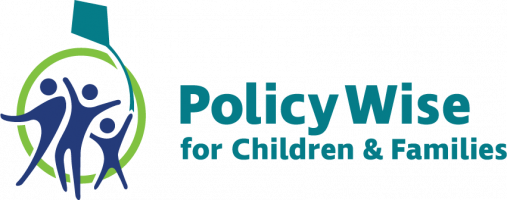The following examples highlight recent or ongoing work.
Innovative Models Promoting Access-to-Care Transformation
This is a 5-year community-based program of research in six sites (Alberta, Ontario, Quebec, New South Wales, Victoria, and South Australia). Innovative Models Promoting Access-to-Care Transformation (IMPACT) aimed to improve access to primary healthcare for vulnerable populations through the development and implementation of organizational interventions that address the needs of the community.
In Alberta, a Pop-Up model of providing health and community services was implemented seven times over two years. This involved service providers coming together in one location at one time to offer a variety of services. The purpose of the Pop-Up is to make these services easier to access for people who may have trouble accessing them in the usual way or in the usual place they are offered.
Lessons Learned
- Not all service providers were ready to change the way they provide services. We moved forward with those who were willing and worked with them to adapt the intervention as we implemented it.
- A new location doesn’t mean you are doing things differently. We had to shift away from focusing on service delivery to focusing on relationship building and connection.
- When service providers were co-located, they spent time getting to know each other and learn about other services available and were better able to connect attendees to other services. This improved collaborative care for Pop-Up attendees.
The project is undergoing data analysis, interpretation, and report writing through December 2018.
Click here to visit the website for the international IMPACT project.
Comparative Policy in Primary Healthcare
This study will work towards integrated health care delivery solutions in Canada by performing a policy program analysis of the community, public health, and social services. Inspired by the tracer condition method, we will focus on horizontal integrated service delivery programs of community-based health, social, and community services for two patient populations:
- children and youth with high functional needs
- community-dwelling older adults experiencing functional decline.
This project will describe and compare structures in Canadian provinces and territories that govern primary health care and community-based social services, public health, and community supports.

